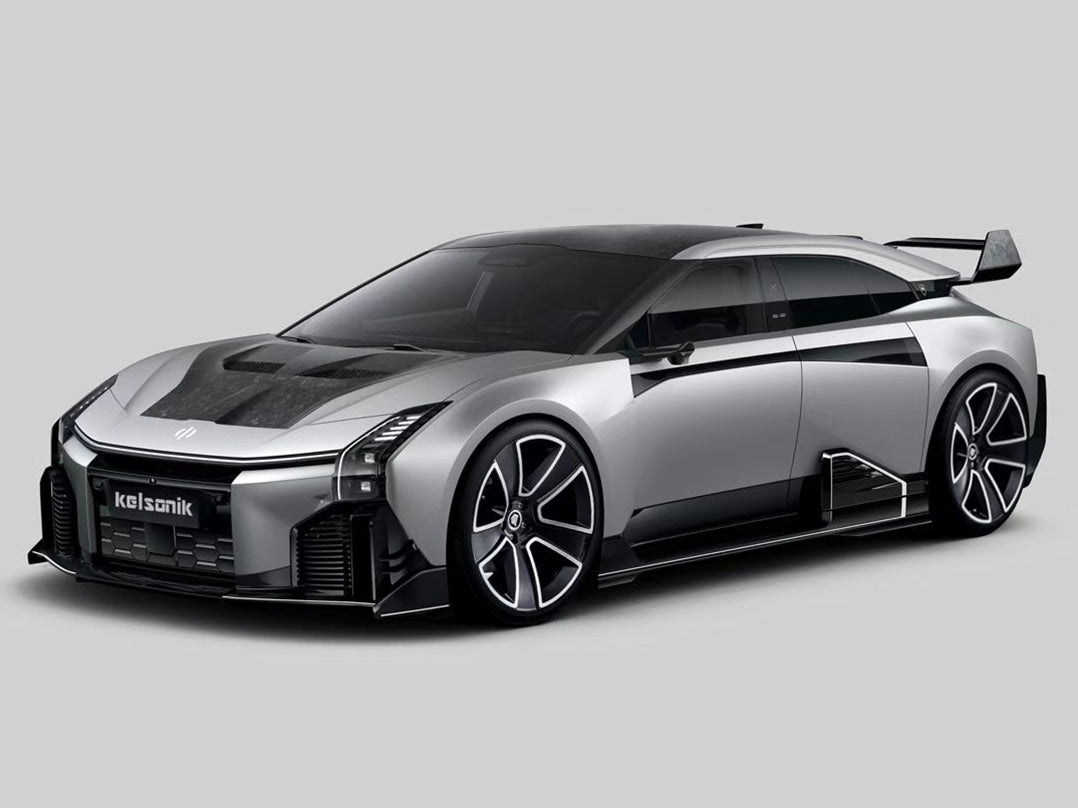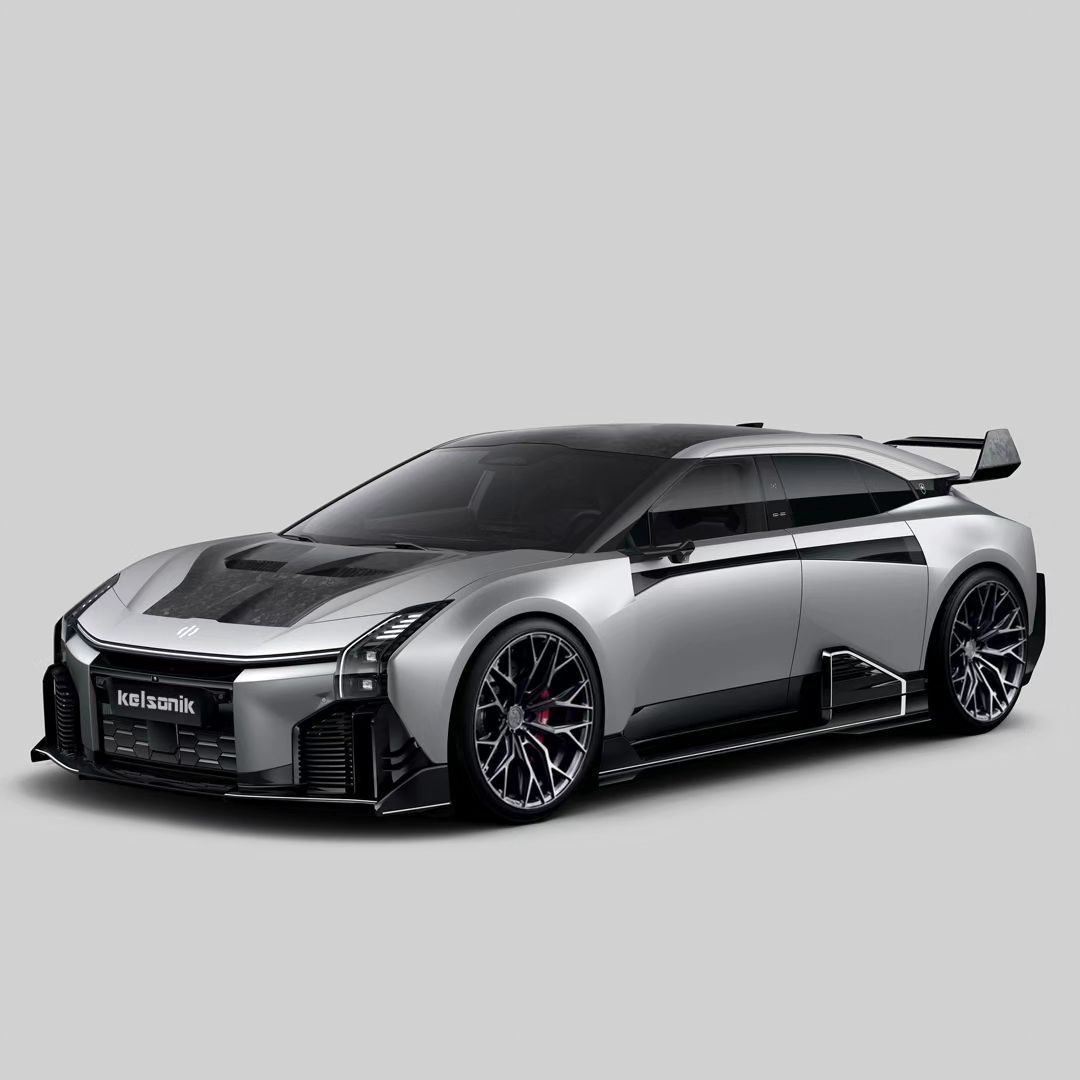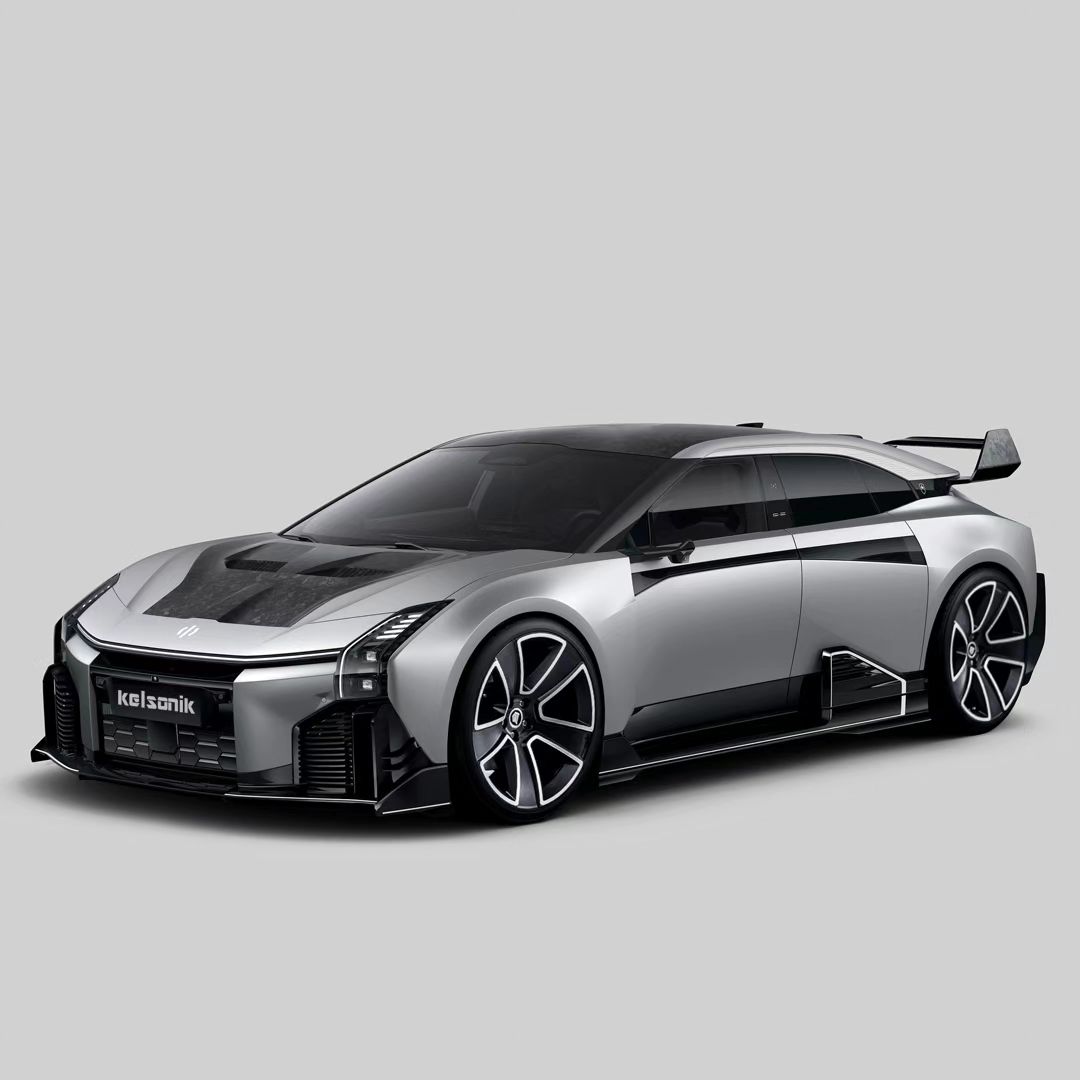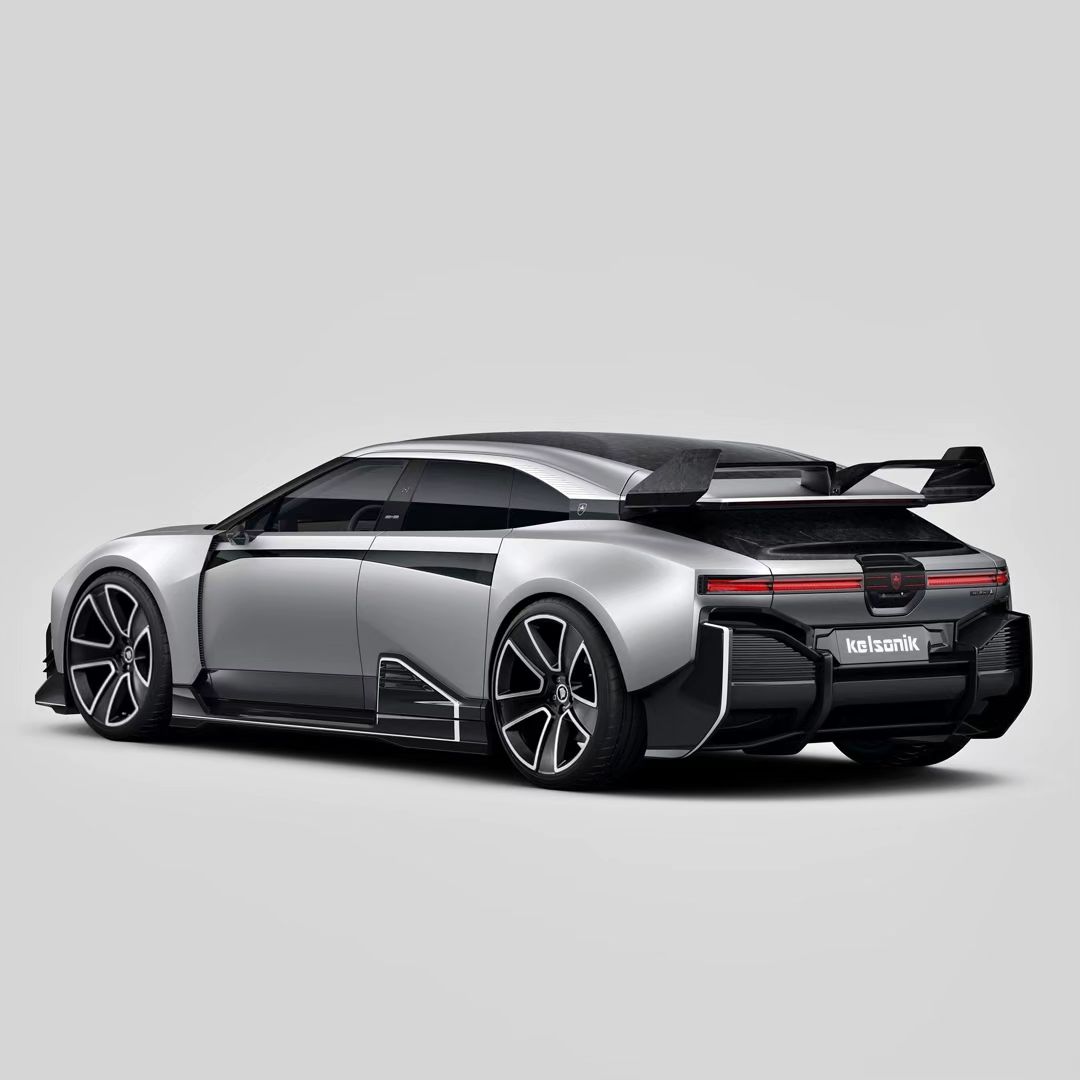
HiPhi A

In terms of performance, HiPhi A is set to impress, achieving 0-100 km/h in just over 2 seconds and aiming for a top speed of nearly 300 km/h. It marks the debut of HiPhi's in-house-developed high-performance powertrain, encompassing both the battery pack and motors. Utilizing an 800V platform, the electric drive assembly adopts a front single-motor drive and rear dual-motor drive layout, delivering a peak power of up to 1,305 PS. The motors feature an industry-leading ultra-high-speed carbon-fiber rotor design, complemented by full oil-cooling and magnetic cylinder coil direct-cooling technology, enabling speeds of 22,000 rpm and sustained high power output for over 30 minutes. HiPhi A's motors are also notable for their lightweight, compact, ultra-quiet, and upgradable characteristics.

The innovative battery pack can discharge 1.5MW of power at its peak and incorporates a carbon fiber bullet-proof bottom shield and a fireproof sprayed carbon fiber top cover—a groundbreaking industry-first. HiPhi’s cloud control battery technology ensures a balance between performance and safety.

Notably, HiPhi A introduces the use of aircraft-grade TC4 titanium alloy in automotive interior and exterior trim, alongside high-performance aluminum alloys, nano-ceramics, and other materials in the chassis. Collaborating with the Intelligent Manufacturing System Center of ShanghaiTech University, HiPhi is engaged in a comprehensive closed-loop development process, covering material powder selection, innovative structural design, printing process simulation, and production process monitoring, promoting the application and popularization of 3D printing technology in the automotive industry.

Advanced chassis technologies, including rear-wheel active steering, CDC continuously variable damping, and a front-to-rear axle weight ratio close to 50:50, lay the foundation for HiPhi A's agile handling. The inclusion of HiPhi’s torque vectoring control technology, HVC (HiPhi Vectoring Control), enhances vehicle handling, resulting in a 15% improvement in cornering and a 10% improvement in braking performance.
 We deliver to the US with tariffs and taxes included, no extra fees required.
We deliver to the US with tariffs and taxes included, no extra fees required.

